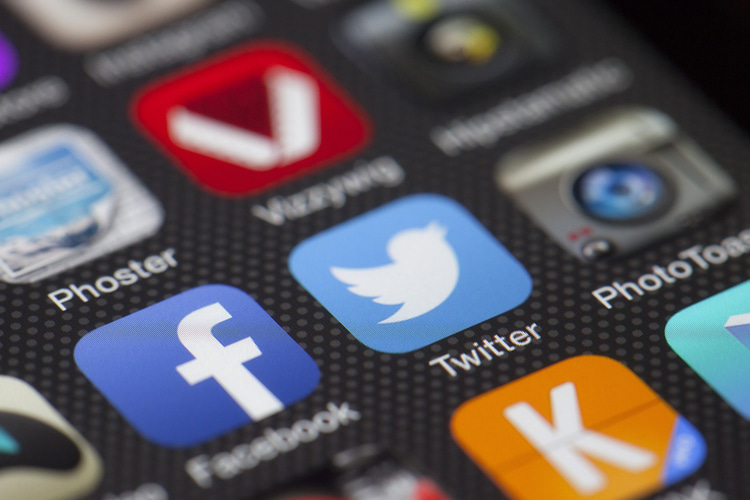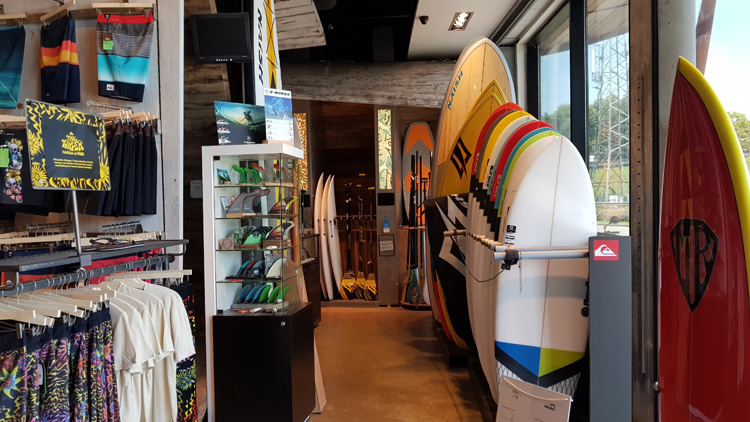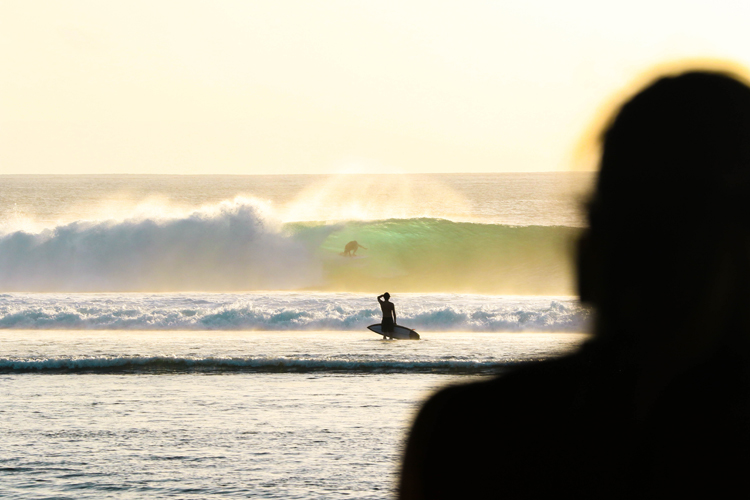A brand will never succeed if it can't communicate efficiently and effectively with its audience.
You might have an exceptional product that solves a problem and fills a real-life need, that is unique in every way, built with the best materials, featuring a balanced price for value, and backed up by a creative and up-to-date marketing team.
But you need to communicate it even better.
Since the advent of the internet, digital communications have quickly replaced most of the impact companies and brands used to get from advertising their products and lobbying for media coverage in newspapers, magazines, TV, and radio.
Around the mid-1990s and early 2000s, the world saw the first impactful social media platforms go global - ICQ, MSN Messenger, Hi5, MySpace, Skype, Facebook, Flickr, Orkut, YouTube, Reddit, etc.
Initially, consumer goods brands were slow to embrace change.
Marketing and communications divisions were essentially still targeting the same media - physical media.
However, as the snowball grew bigger and the "Like" paradigm took over the population's smartphones, most of the corporate world put their multi-billion budget on digital advertising.
And it's an understandable move.
Online ads allow them to fine-tune their reach to age, gender, and geographical niches and even adjust their campaigns to their audience's interests.
We reached a point where worldwide digital ad spending is about to double traditional ad spending.
But, a very important asset was lost throughout this transition journey. The thing is that marketing-is-not-communications-is-not-marketing.

Poor B2C Engagement
It looks/sounds confusing, but the problem of 95 percent of modern surf brands is exactly here.
Surprisingly, or maybe not, surf industry brands are mediocre at communicating with their customers and potential customers.
They might be good at creating dream digital ads and social media posts with thousands of likes and shares, but their effectiveness is, in reality, very limited.
How is it possible that two of the so-called "Big Four" surf companies, followed by millions of surfing fans and surf lifestyle enthusiasts, suffered historical losses, declared bankruptcy, and were consecutively taken over by giant corporations?
How could their stock prices plummet dramatically in 20 years, precisely at a time when the sport is growing, reaching a mainstream audience, and getting Olympic status?
They had the prestige and reputation, budgets, access to the best and cheapest manufacturing centers, outstanding brand awareness levels, and a long history of connection to the sport.
How could these giants fall?
Most of the explanations for these collapses are associated with poor B2C engagement. And there's way more to engagement than passive social media interaction.
If you can't communicate with your platform of potential customers, there is no viral post or video doing miracles for the balance sheet.
Again, marketing-is-not-communications-is-not-marketing.
Let's dissect this a bit more.
What's the difference between marketing and communications? The similarities help us understand the difference.
Marketing is a paid action plan that aims to promote and advertise a product, service, organization, or even person to an audience.
Communications is a series of non-paid action plans to influence and make an audience engage with a product, service, organization, or even person.
We could go into detail on these two definitions, but the subtleties are there.
Communications (regarding the means, technologies, channels, media people, etc.) is also a medium-to-long-term process, whereas marketing could produce immediate effects.

Slave to the ROI
To keep it even simpler, imagine marketing as a full-page magazine ad and communications as a news feature about a newly launched product written by a journalist.
Ideally, companies have two separate marketing and communications divisions, even though they should be aligned and work together.
One of the original sins is merging both business tools or having only one.
A good marketer is not necessarily a good corporate communications professional, and vice-versa.
One of the most common mistakes in the business world is that, for many CEOs, marketing is the fastest way to reach a goal.
You set up a budget and expect results, i.e., sales.
Marketing is a slave - for the good and bad - of return on investment (ROI). If your campaign does not produce effects, you, as a marketer, could be in trouble.
On the other hand, the communications division works on lobbying for organic, non-paid endorsements, mainly via media.
That's why it is important to separate these waters, even though they can many times cooperate and set up joint action plans.

Putting Surf Brands to the Comms Test
Here's an example that can help us understand the importance of communications in company life.
Imagine that you're running a surf brand business.
One day, your company receives an email from one of the world's leading surfing websites. It reads:
Hi,
How have you been?
We are writing a full-length guide on the world's most famous surf brands.
As an important player in this market, your brand holds an integral place in our research.
I would greatly appreciate it if you could provide us with some key pieces of information regarding the history of your company.
Specifically, we are interested in:
- The history and significant milestones of your brand;
- The date of your company's foundation;
- The location of your current headquarters;
- A brief overview of the products you sell, including your most popular and innovative items;
If there are any online resources, company archives, or points of contact that you could direct me toward, it would be of immense help.
I appreciate your time and effort in assisting us.
Thank you in advance for your cooperation.
Establishing vs. Denying Communications
The email is clear and presents you with three very simple options:
- To accept the request and send the brand's history summary;
- To kindly decline the request for whatever reason;
- To ignore the email;
You're "establishing communications" if you take one of the first two options.
You are not establishing communications if you go with the third option.
And then, a fourth thing could happen.
After sending the email mentioned above, the world's leading surfing website gets the following "reply":
Message blocked
Your message to pr@******.com has been blocked. See technical details below for more information.
In this particular case, you're "denying communications."
The surfing website was not able to reach out to the surf brand. The outcome? A communications opportunity was lost.

The Shocking Results
But there's more.
SurferToday actually ran this test. We sent the email above to 64 of the most popular surf brands and companies.
The results were spectacularly deceiving. The following 61 companies failed to provide any feedback to our request:
- Arnette
- Astrodeck
- Billabong
- Body Glove
- Bubble Gum
- Captain Fin Co.
- Catch Surf
- Channel Islands
- Creatures of Leisure
- Dakine
- DC Shoes
- Deus Ex Machina
- DHD
- DVS
- Electric
- Element
- Etnies
- FCS
- Firewire
- Fox
- Futures Fins
- Globe
- Gorilla
- Gravis
- Haydenshapes
- Hot Tuna
- Hurley
- JS Industries
- Kustom
- Lightning Bolt
- Lost
- Maui and Sons
- Mr. Zog's Sex Wax
- Mrs. Palmers
- Nixon
- O'Neill
- Oakley
- Ocean & Earth
- Ocean Pacific
- Outerknown
- Oxbow
- Pukas
- Pyzel
- Quiksilver
- Reef
- Rip Curl
- Roxy
- Rusty
- RVCA
- Sanuk
- Spy
- Sticky Bumps
- The Critical Slide Society
- The Mad Hueys
- Town & Country
- Vans
- Vestal
- VISSLA
- Volcom
- Von Zipper
- Xcel
The most common types of response were the following:
- No reply;
- Automatic customer service message with no follow-up;
- Delivery status notification (failure);
Of all the 64 global surf brands contacted, we only got positive feedback from the following insignias:
- Patagonia
- Famous Surf
- NSP
Only 4.6 percent of the companies provided feedback and contributed to their own visibility.
As a result, their company story was included in the world's most influential surf brands directory, a page featuring companies in the apparel, wetsuits, accessories, footwear, and hard goods business.
Common Communications Issues
Surf companies fail to organize their communications with the outside world. The most common flaws are:
- Confounding communications with marketing;
- Confounding communications with public relations;
- Abandoning the communications' email account;
- Not displaying their media contacts on their official websites;
- Passively contacting their media database via newsletters only;
- Focusing their press release strategy on purely commercial content;
- Not providing an up-to-date high-resolution photo and video file bank;
- Not identifying the person or team in charge of media communications;
- Not providing feedback to questions made by media;
- Failing to build a long-term relationship with a media outlet or media professional;
- Failing to adopt an active win-win openness with media outlets;
- Failing to adopt universal communication formats - sometimes a plain .txt file is better than a complicated .pdf file whose text is impossible to copy-paste;
- Failing to present exclusive content proposals to media organizations with whom you've established a good relationship;
No wonder why surfers are moving away from traditional surf brands.
If you can't build a bridge between the story of your brand, the passion put into each product you develop, and the consumer, sooner or later, there's no business.
No matter how much money you pour into smart, target-oriented marketing campaigns, there's no way a surf brand will thrive without something meaningful to tell.
And if you've got a rich message to share, make sure the messenger is the right and the efficient one.
Words by Luís MP | Founder of SurferToday.com
